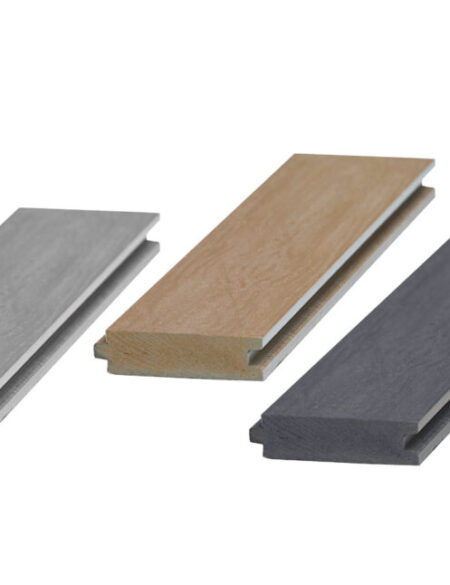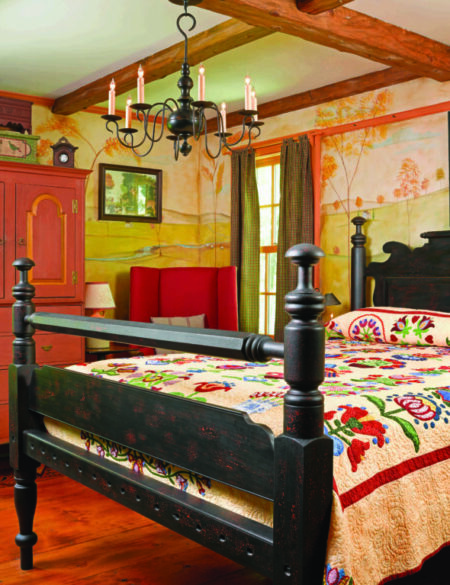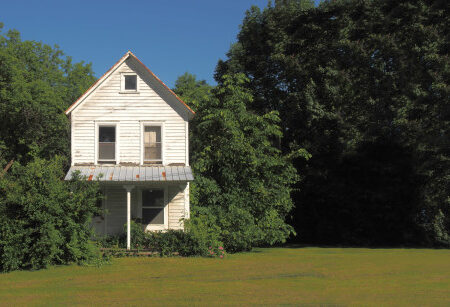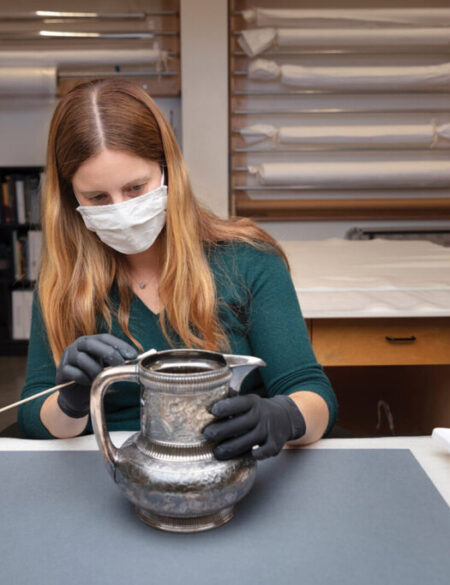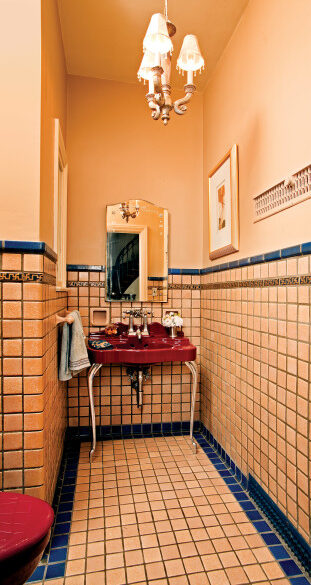This content was originally published on OldHouseOnline.com and has been republished here as part of a merger between our two businesses. All copy is presented here as it originally appeared there.
Finding a set of shelves perfectly sized to the space you need to fill can be a challenge. Rather than rearrange your furniture to shoehorn in shelving that doesn’t really fit, why not make your own out of salvaged wooden crates? Besides cutting down on construction time, crate shelving also adds a creative touch to your dining room, bedroom, or office. Jen Taylor, owner of Rustique Restoration in Boise, Idaho, shows us how it’s done.
How To Make It
1. Arrange the crates
If they’re different sizes, try turning some vertically or leaving a little space between them (which will create an extra “shelf“). Once you’re happy with the arrangement, use a brad nailer and at least three nails per crate to fasten them together through the corners or side slats. Next, using a 1/8³ bit, drill two pilot holes in each corner and insert 1½“ wood screws to further secure the crates.
2. Prepare the framing pieces
Jen used stock 1×12 pine boards to frame the top and bottom of her shelves. Cut the boards to the desired size (allowing for a ½“ overhang on each edge), then sand the cut edges. Stain the boards (Jen used a homemade barn wood stain, but suggests Minwax wood stain in Weathered Oak for a similar look) and let them dry fully.
3. Attach the boards
Lay one board on the ground and place the crates on top of it. Drill four pilot holes (one in each corner of the shelves) through the slats of the crates and into the board. Insert a 1³ wood screw into each hole, then flip the whole thing over and repeat on the other side.
4. Add the casters
This step is optional if you’d like your shelves to be portable. With the bottom side of the shelves facing up, measure in 1³ from each corner. Place the casters, and mark the location of the screw holes. Drill pilot holes, then attach the casters with the screws that come with them.
Online Exclusive: See step-by-step photos of this project.






